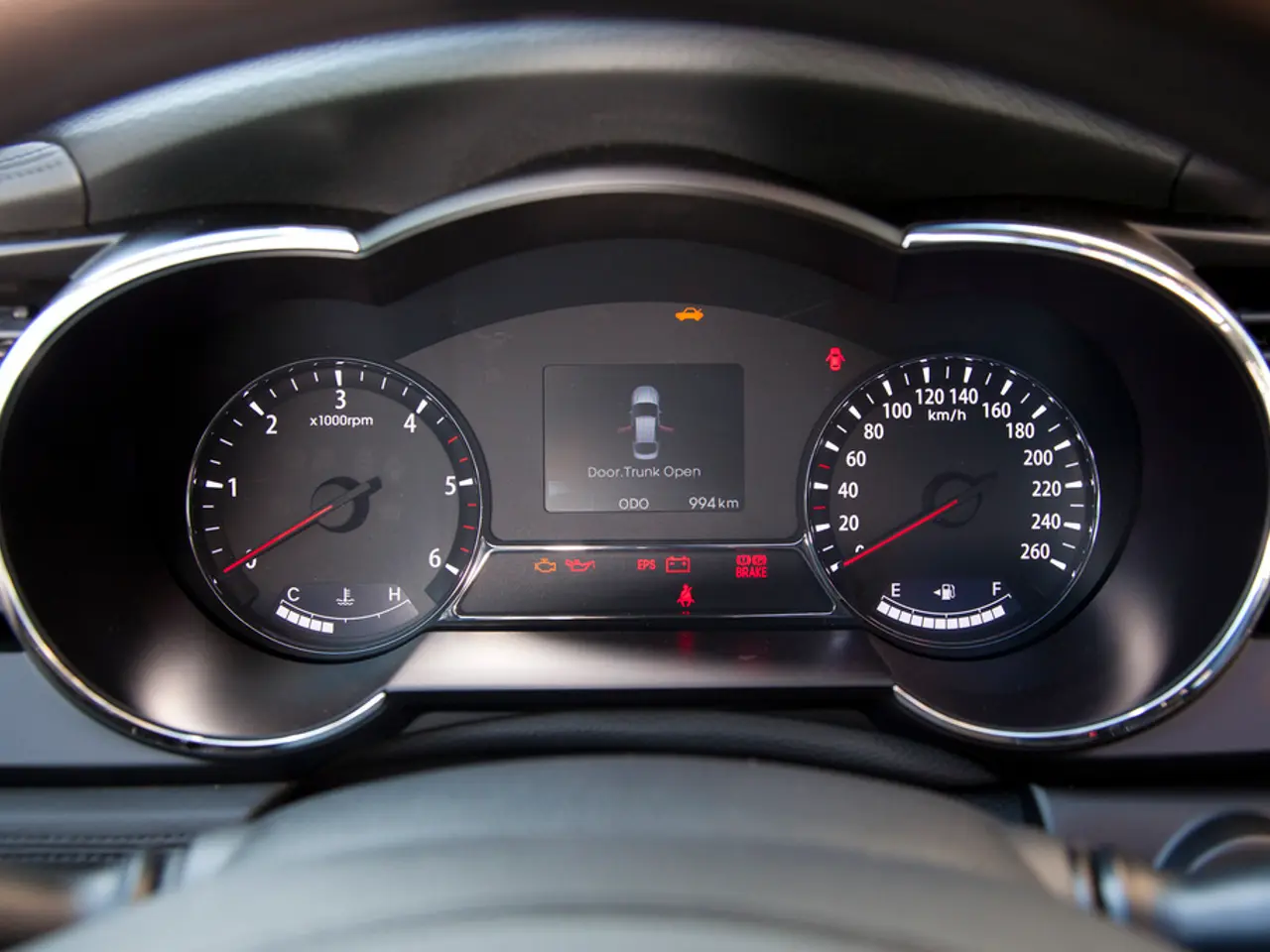Car Vehicle Identification Numbers Explained
A Vehicle Identification Number (VIN) is a standardized 17-character alphanumeric code used in the United States to uniquely identify every car, truck, or trailer manufactured after 1981. This code is divided into three main sections, each providing specific information about the vehicle.
- World Manufacturer Identifier (WMI) - Characters 1-3
The WMI is the first three characters of a VIN. It identifies the vehicle’s country of origin, manufacturer, and manufacturing division.
- The first character indicates the country of assembly. For U.S. vehicles, it begins with 1, 4, 5, or 7.
- The second character identifies the manufacturer and region within the global market.
- The third character represents the vehicle type or manufacturing division.
Together, these three characters form the WMI, providing essential information about the vehicle’s origin and manufacturer.
- Vehicle Descriptor Section (VDS) - Characters 4-8
The VDS, consisting of characters 4-8, describes the vehicle's key attributes such as brand, model, body style, engine size/type, safety systems, and transmission type.
- The 4th character represents the model or trim level.
- The 5th character indicates the body style (e.g., 2-door, 4-door, wagon).
- The 6th character specifies the engine type or displacement.
- The 7th character refers to the safety restraint system (e.g., airbags).
- The 8th character denotes the transmission type (manual, automatic, CVT).
This section defines the vehicle’s specifications in detail.
- Vehicle Identifier Section (VIS) - Characters 9-17
The VIS, consisting of characters 9-17, uniquely identifies the individual vehicle and validates the VIN.
- The 9th character is a check digit used to verify the VIN’s authenticity via a mathematical formula.
- The 10th character represents the model year code, using a standardized system since 1981.
- The remaining characters are the assembly plant code and the vehicle’s unique serial number.
This section ensures precise identification and aids in tracking history, recalls, and regulatory compliance.
In summary, a U.S.-manufactured vehicle's VIN encodes its country and manufacturer, physical and performance specifications, production year, assembly plant, and unique serial number. This system has been standardized since 1981 to maintain consistency.
A VIN check can reveal valuable information about a car, such as whether the odometer has ever been rolled back or flipped. Additionally, a VIN can be used to check the records of a car in the Motor Vehicle Records (MVR) database, revealing information such as the number of owners, inspection dates, accident history, and whether it is a stolen car or has been classified as a "lemon."
However, some thieves may attempt to deceive the system by stealing VIN plates from legal cars and attaching them to stolen cars, or using a wrecked car’s VIN plate from a salvage yard. It is essential for buyers to verify the VIN's authenticity and check its history to ensure they are purchasing a legitimate vehicle.
- The historical context of data-and-cloud-computing has enabled the automotive industry to securely store and manage vast amounts of VIN data, facilitating efficient record-keeping and vehicle history audits.
- As technology advances, computer systems are becoming increasingly sophisticated, allowing for the extraction of more detailed data from VINs – such as vehicle type, manufacturing details, and even safety features.
- In the realm of space exploration, the unique sequences of VINs could potentially be identified and cataloged, furthering our understanding of the global automotive history and manufacturer distribution across regions.




